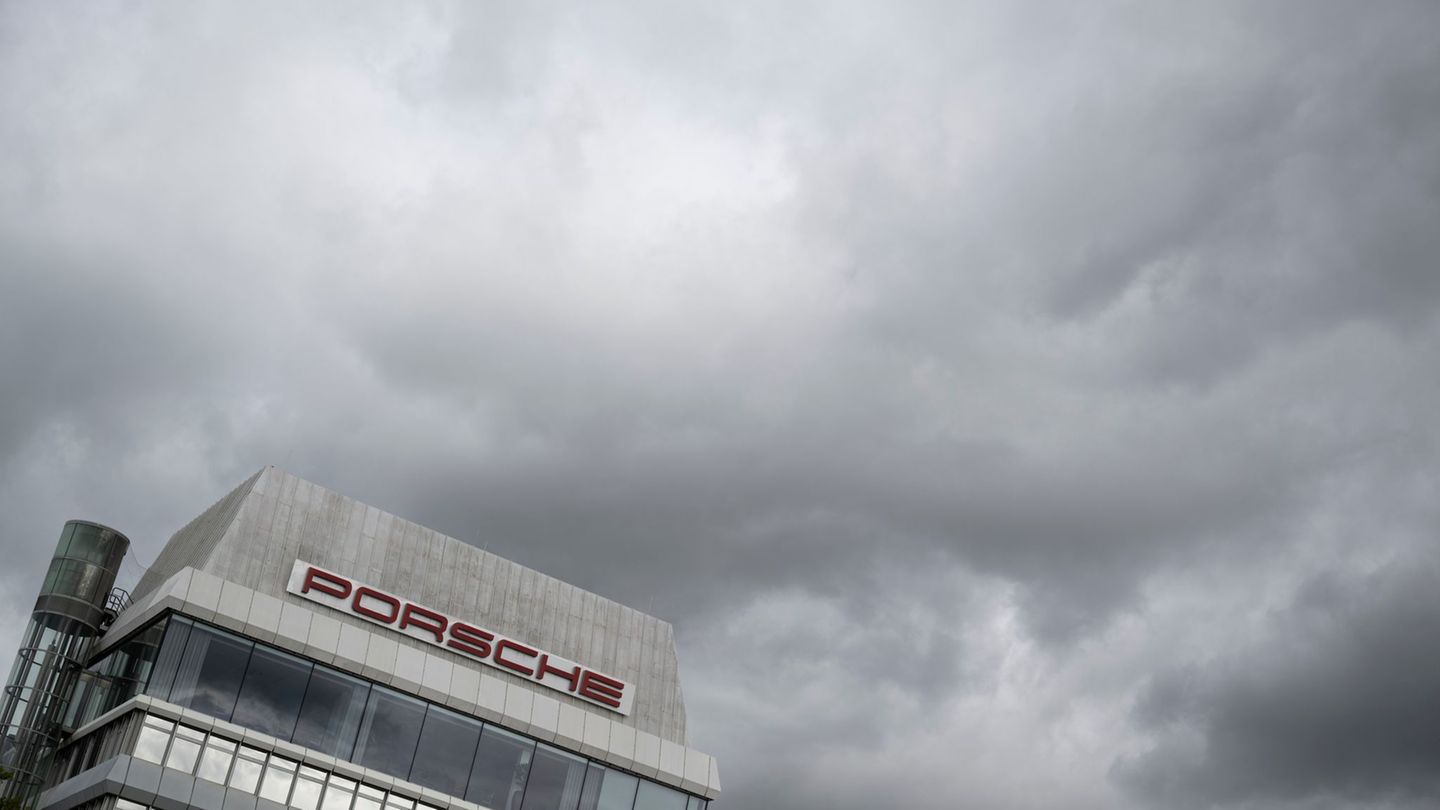Jane Stock is a technology author, who has written for 24 Hours World. She writes about the latest in technology news and trends, and is always on the lookout for new and innovative ways to improve his audience’s experience.
Menu
Supply: Unusually empty gas holders in Germany
Categories
Most Read
Automotive industry: Porsche sales continue to decline – China remains a problem child
October 9, 2025
No Comments
Tariffs weigh on: German exports to the USA fall for the fifth month in a row
October 9, 2025
No Comments
Advertisements: Discount, bonus, best price – How retailers can advertise with them
October 9, 2025
No Comments
New rules from October 9th: More protection for bank customers when making transfers in seconds
October 9, 2025
No Comments
Three questions, three answers: Biggest IPO of the year? Ottobock issues shares
October 9, 2025
No Comments
Latest Posts

Export-oriented industry: Mechanical engineers are pessimistic about the next few months
October 9, 2025
No Comments
AngelicaI am an author and journalist who has written for 24 Hours World. I specialize in covering the economy and write about topics such as

Automotive industry: Porsche sales continue to decline – China remains a problem child
October 9, 2025
No Comments
AngelicaI am an author and journalist who has written for 24 Hours World. I specialize in covering the economy and write about topics such as

King Charles III: New documentary shows long fight for the environment
October 9, 2025
No Comments
Lisa HarrisI am an author and journalist who has worked in the entertainment industry for over a decade. I currently work as a news editor
24 Hours Worlds is a comprehensive source of instant world current affairs, offering up-to-the-minute coverage of breaking news and events from around the globe. With a team of experienced journalists and experts on hand 24/7.

